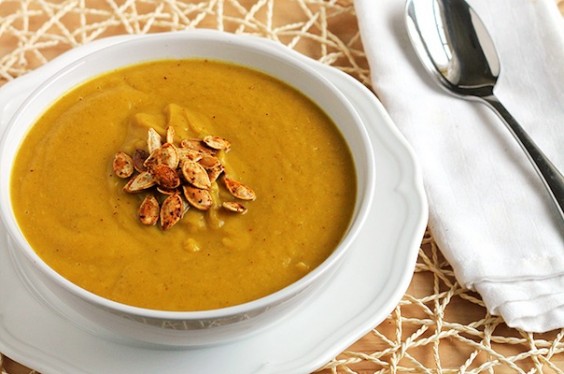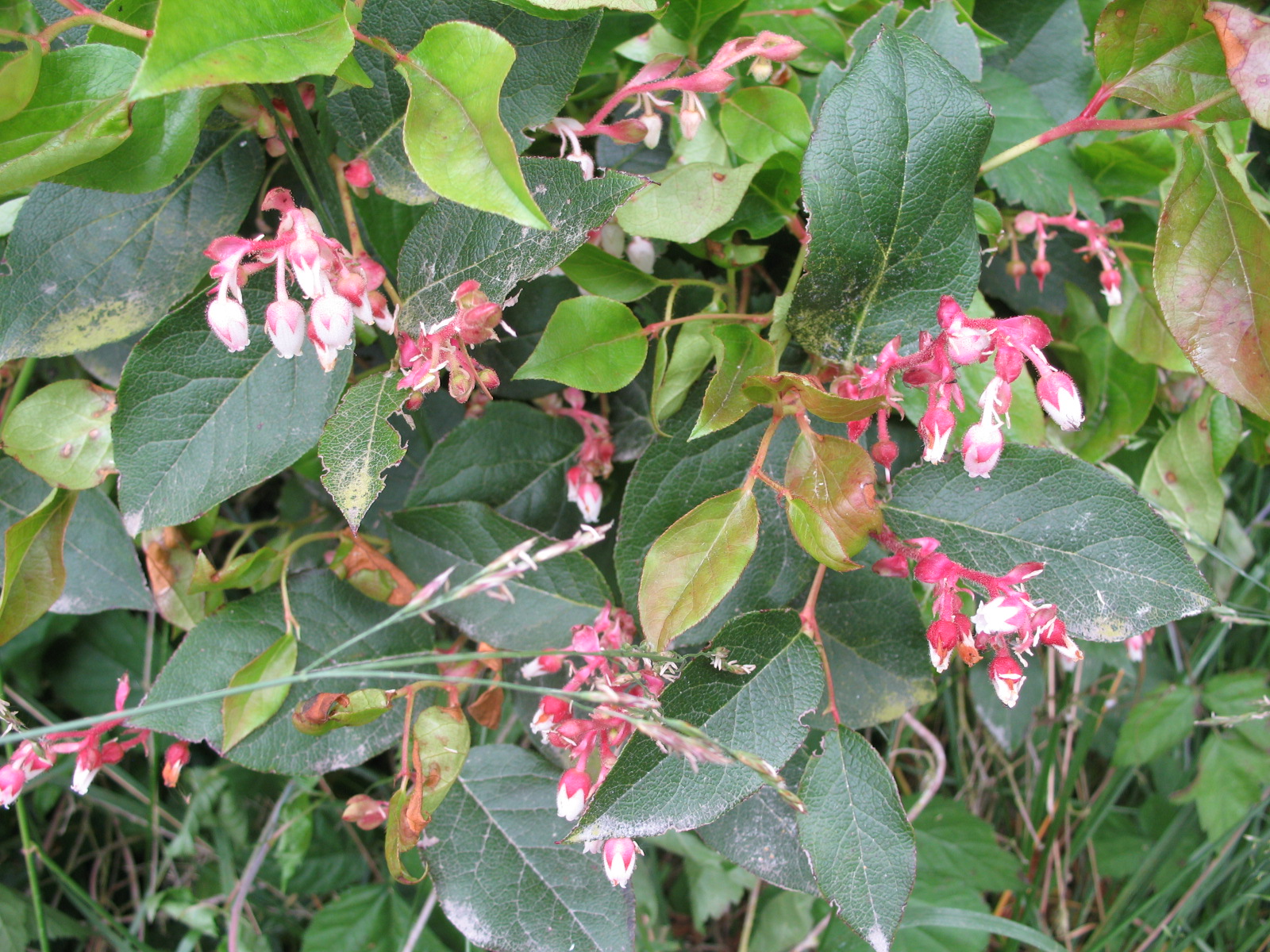 Now, as I look around the kitchen for something to cook and realize that we're getting down to extreme basics, the pumpkins on the table begin to take on a new look: lunch. I chose a small, sweet Sugar Baby pumpkin, but any pumpkin or squash will make a good soup.
Now, as I look around the kitchen for something to cook and realize that we're getting down to extreme basics, the pumpkins on the table begin to take on a new look: lunch. I chose a small, sweet Sugar Baby pumpkin, but any pumpkin or squash will make a good soup.Cut it open and remove seeds and stringy material. Set seeds aside for roasting or re-planting if they are organic! Get the meat separated from the rind, you can peel it or scoop it out if you want to retain the pumpkin to use as a bowl. I usually cut it into small pieces and then peel it with a knife, because I find scooping exhausting. If you hate trying to get the rind off the meat, then cut the whole thing in half and put in uncovered face up on a cookie sheet. Bake until you can slide a knife through the meat easily, and the rind will just basically fall off.
I don't bother with baking, or using a steamer...I like to do it all in one pot. Fill about 1/4 of the pot with water, and then add enough pumpkin to fill it up to the lid. If it seems like too much water pour some out, or you can evaporate it out later. Place lid on pot and bring to a boil. Simmer, covered, until you can slide a butter knife through the pumpkin chunks (or if you already baked it then simmer until you can mash). Mash the pumpkin into oblivion; some people use a processor but I don't find in necessary, chunks are good. What you want is a generally smooth, soupy texture with some lumps and chunks.
Add one can of coconut milk, and a tablespoon of curry powder. Taste, and add curry powder, salt and pepper to your preference. Now, if the soup still feels watery let it simmer, uncovered, until it thickens. If it is too thick, add water! SO EASY! and very good with homemade bread.
Don't forget to roast your seeds! They make a good topping, or just a snack. You can use just about any seasoning you like: garlic powder, cayenne, cajun, curry, parmesan, or just salt and pepper...experiment! Just toss them with some oil and seasoning, spread them on a cookie sheet and roast in a 300 degree oven for about 45 minutes or until they look brown and crispy.








.JPG)
.JPG)
.JPG)






























